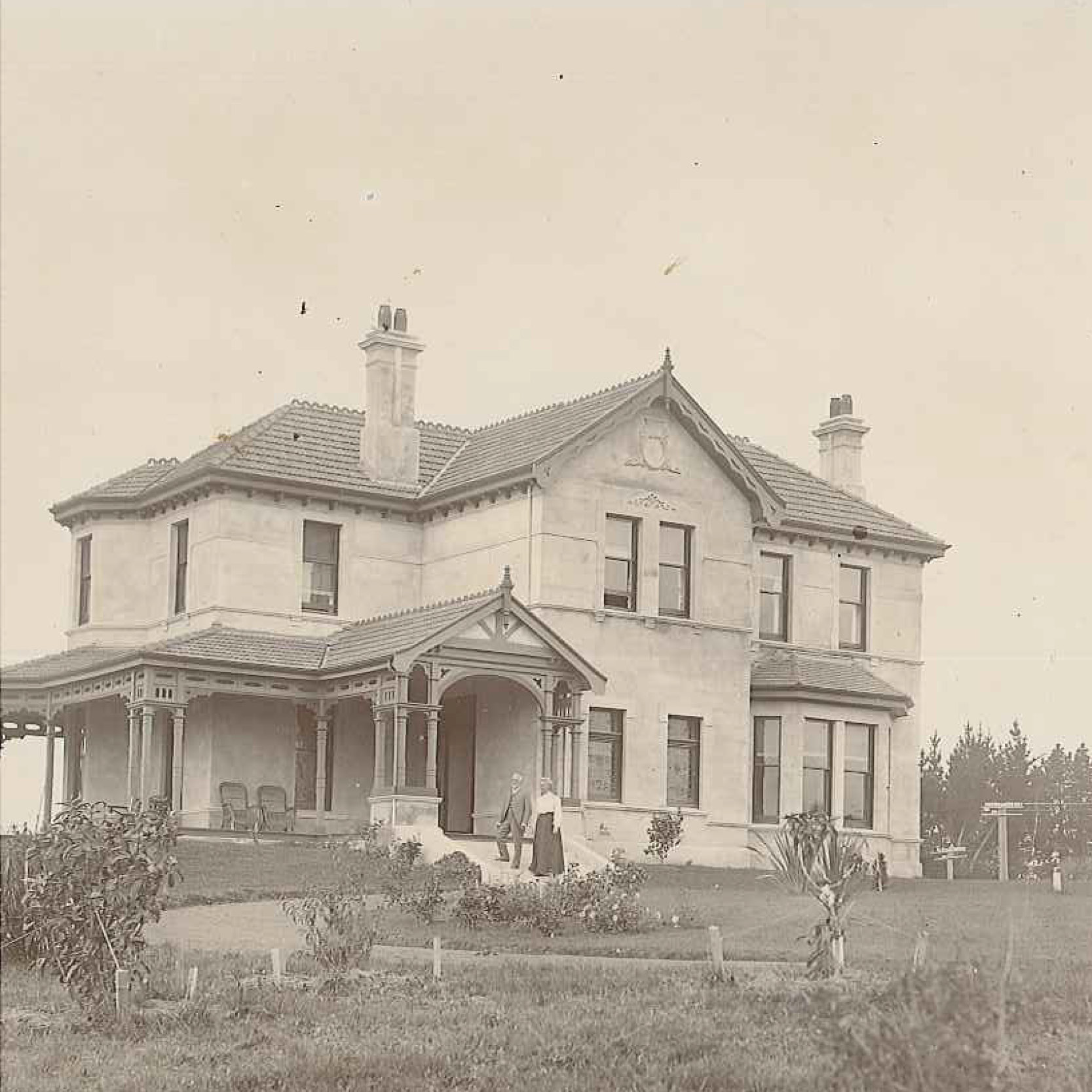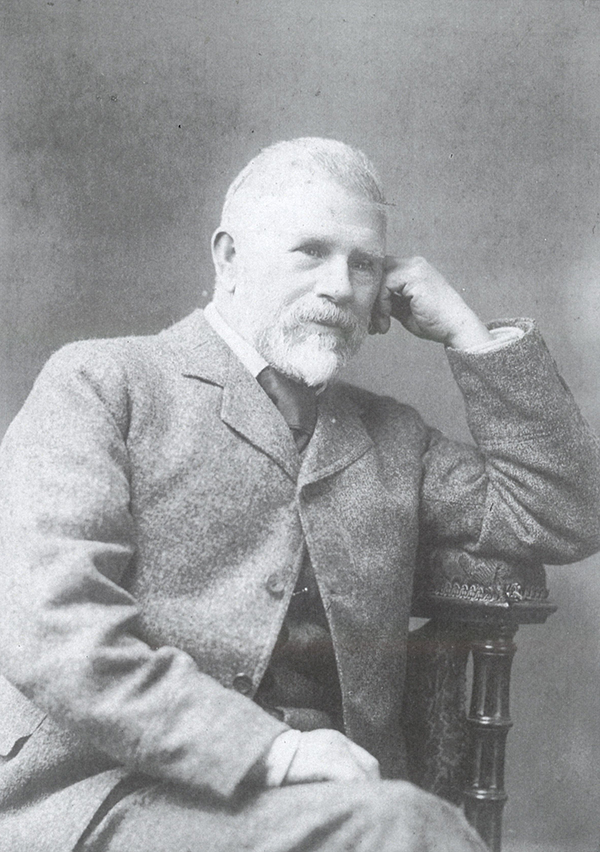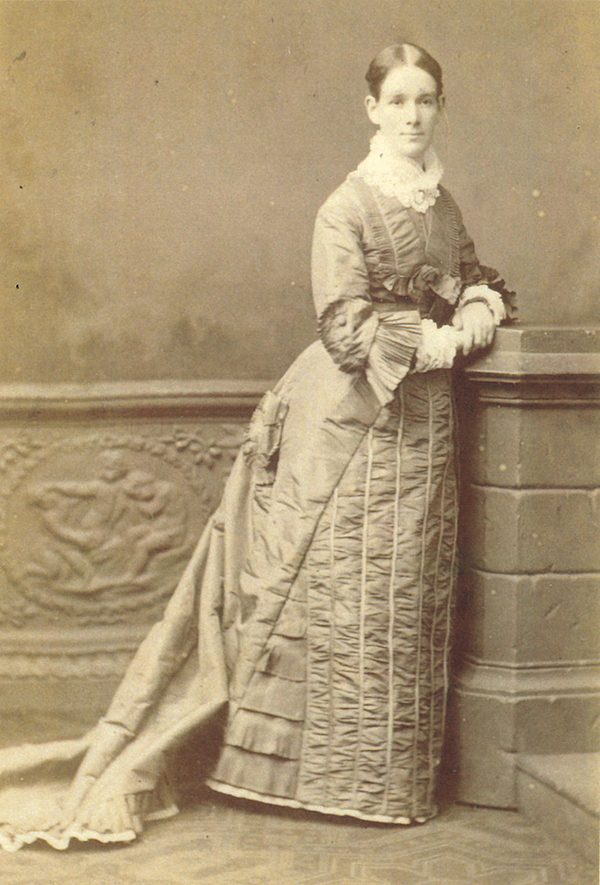The History of Aigantighe

Aigantighe (Scottish Gaelic for ’home of welcome’ and pronounced Aig-an-tighe) was originally built in 1905 (attributed to the architect James S Turnbull) for Alexander Grant (1831-1920) and Helen Grant (1854-1955), who had emigrated from Scotland and farmed Gray’s Hills Station in the Mackenzie Country. The Grant family lived in the ‘Aigantighe’ for 50 years; Alexander Grant passed away in 1920 at the age of 89, and his wife Helen in 1955 at 101. Their daughter, Jessie Wigley, with the support of her brother, James Grant (who had inherited the house on their mother’s death) gifted the house and its grounds to the people of Timaru in October 1955 to establish the District’s first and only public art gallery, to be known as the Aigantighe Art Gallery

Alexander Grant (1831-1920)
Helen Grant (1854-1955) in her wedding dress, 1878
The opening of the Aigantighe Art Gallery, 16 August 1956, realised the dream of the South Canterbury Art Society for a public art gallery that they first advocated for in 1895. As a result, the Society gifted their civic collection to the Aigantighe Art Gallery. Since the opening of the Aigantighe Art Gallery, the Gallery’s permanent collection has grown to 1800 regionally and nationally significant works by some of New Zealand's best known artists including Colin McCahon, Doris Lusk, William Sutton, Toss Wollaston, and Charles Goldie.
Due to the popularity of the Aigantighe Art Gallery it outgrew the Heritage House Gallery, and a large modern wing was added in 1978. This was designed by Ronald Dohig and provided a foyer, reception area, office, collection storage, loading bay, and an expansive main gallery space. An additional storeroom and office were added to the Aigantighe Art Gallery in 1995.
Today the Aigantighe Art Gallery is a public art gallery that continues to collect, exhibit, preserve, research and educate visitors about local, national and international arts – it is a vibrant cultural landmark that inspires, engages and at times challenges the communities of the South Canterbury Region and its visitors.